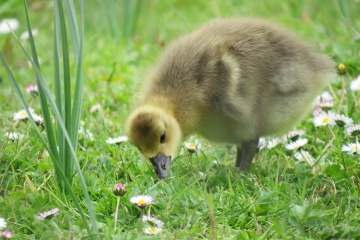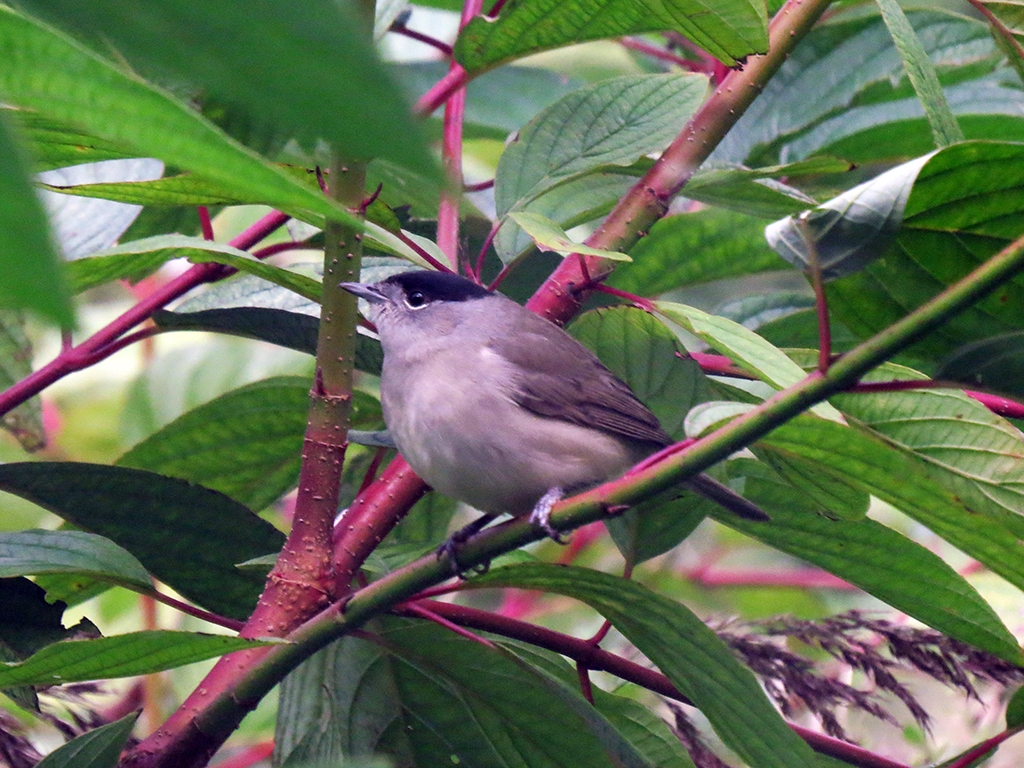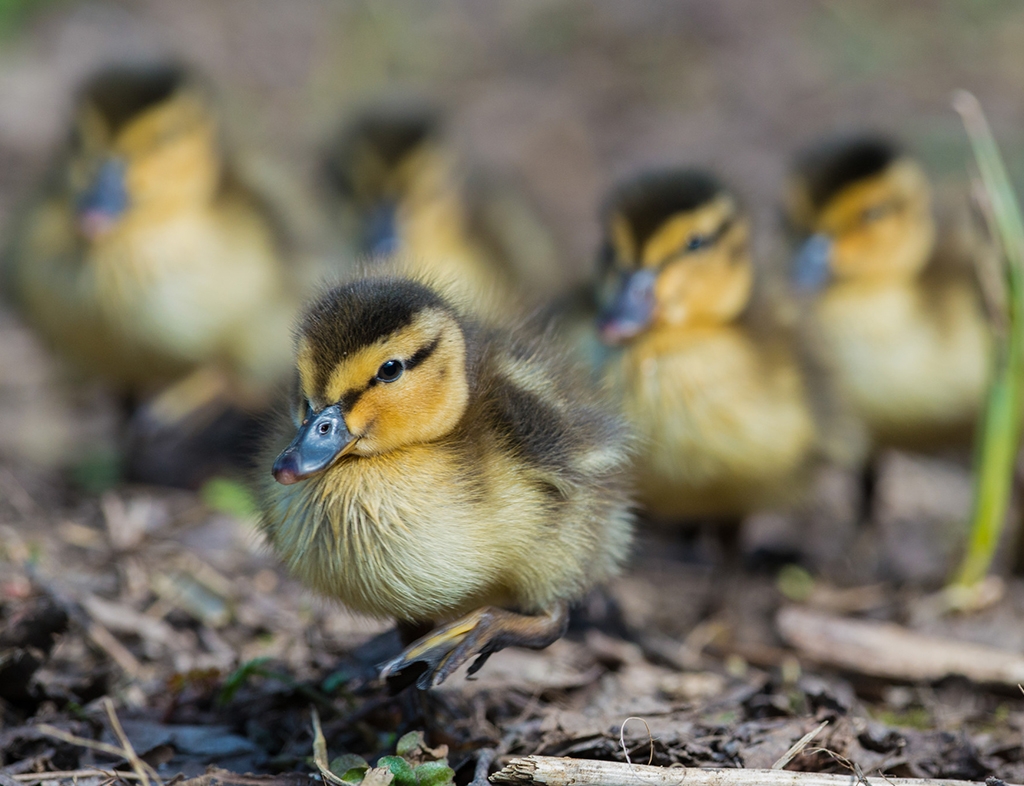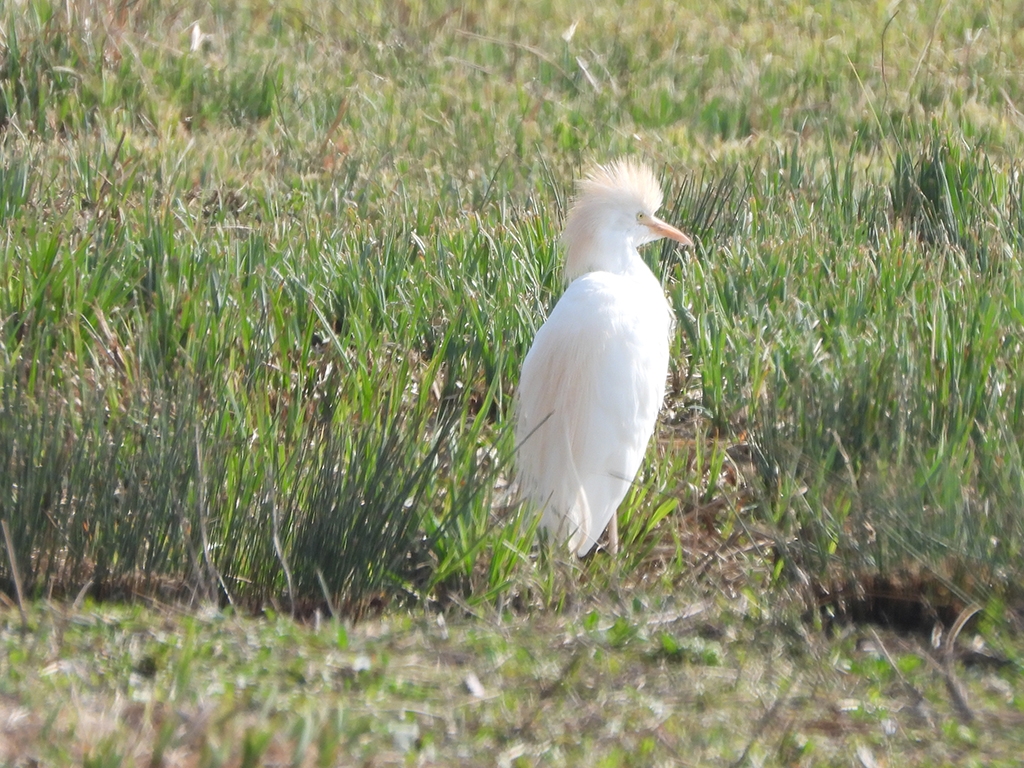Lapwings on eggs, long-tailed tits feathering their nests
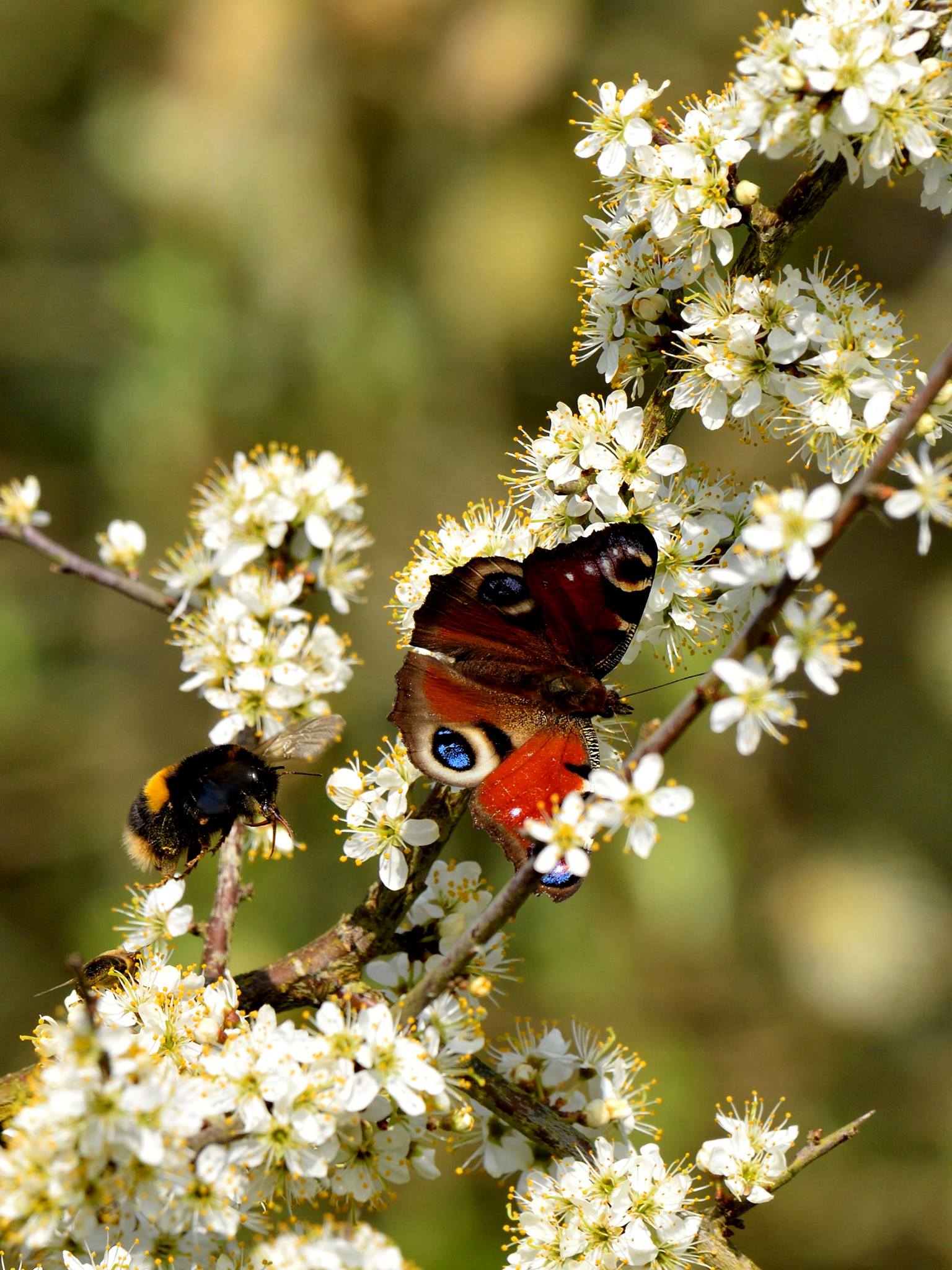
ON THE WET grassland between the Lapwing and Ramsar hides our surveyors have counted four lapwing pairs with nests that are sitting on eggs. Lapwings raise one brood a year but will lay up to four clutches of replacement eggs if their nests are predated. Their nest scrapes in ground surrounded by low vegetation give them good sightlines for predators. The adults will aggressively mob predators who come after their eggs or their youngsters.
Long-tailed tits are now lining their nests in various locations, preparing to lay. If you spot them disappearing into the hedges or scrub with a beak full of feathers please don’t disturb the nest site by hanging about. Robins are nest building near the visitor centre.
We are hearing willow warblers singing now with more chiffchaff and blackcap in song this week. Two swallows passed through earlier in the week. The male garganey ducks is still showing at the Lapwing and Ramsar hides. We are also seeing a male pintail and a pair of wigeon from the Ramsar hide. I saw a pair of shoveler mating near the Lapwing hide and three more male shelducks displaying at the Scrape hide. From the Wetlands Discover boat safari you may be lucky enough to see the pochards displaying too.
Our regular pair of peregrines that we see on the Offham Hangar are being more visual and vocal. I have also spotted some red kites over the reserve. The noisy blackheaded gull colony forming on the gravel islands near the Sand Martin hides has at least ten Mediterranean gulls in the mix.
Butterflies are really taking to the wing now with brimstone, peacock, small tortoiseshell, red admiral, orange tip and holly blue seen during the sunny spells. Red mason bees are hatching out from the reeds in our bug hotels. The honey bees that took over the bug hotel in our Meadow Maze have made it through the winter and are active again.
I am waiting for the arrival of our first sedge warblers, it should be this week. I’m also waiting for the sand martins to arrive!
